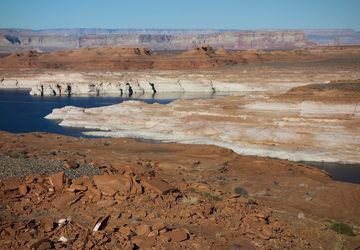The Center's sixth Thomas D. Dee II Dissertation Fellow, Natalie successfully defended her dissertation, “Return to Sender: Photography, Art, and the Mail, 1845-1945,” this past spring. In her dissertation, she explored how the growing international postal system helped shape American photographic practice in the nineteenth and twentieth centuries. Citing work by artists such as William Henry Jackson, Alfred Stieglitz, Anne Brigman, among others, she argued that photographic scholars should take seriously not just formalist aesthetics, but also processes of photographic dissemination and transmission. Over the summer, Natalie remained with the Center to work with her advisor, Alexander Nemerov of the Department of Art & Art History, and complete a coda to her dissertation, which examined the work of the AIDS-era New York artist Félix González-Torres. In the article, she focused on
works that the Cuban-born González-Torres created as posthumous letters to his deceased lover.
This month, Natalie started a new job that already is enabling her to engage with photographic history: Assistant Curator at the California Historical Society in San Francisco. She joins CHS as they are getting ready to launch a new show,
Boomtowns: How Photography Shaped Los Angeles and San Francisco. Natalie says she’s excited to help curate exhibitions about California history at a time when people seem more interested in the state's technological future than in its past. Seeking a more comprehensive and inclusive history, she says, “We want to retell and re-examine the story of California, and not just reaffirm the story that's already been told.”





